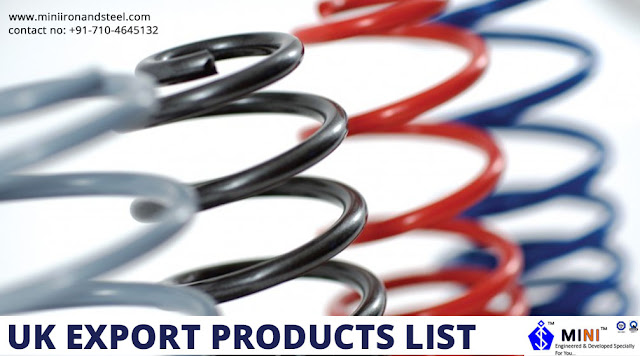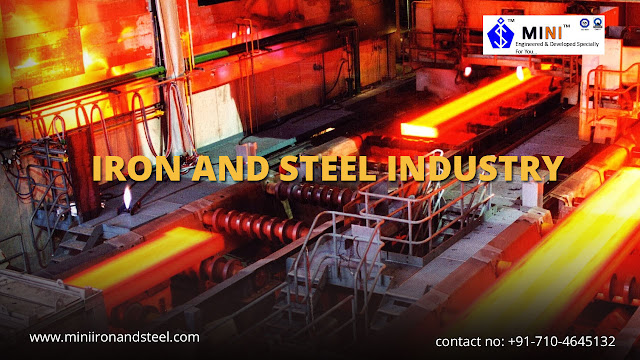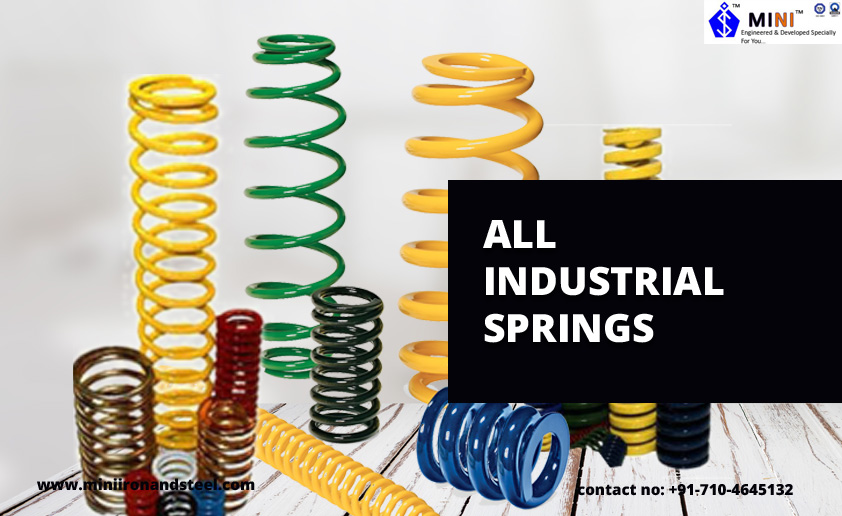Understanding the Steel Production Chain
Introduction
Investors in the metal sector frequently come across terms such as slab dip galvanized sheet coated or coated sheet - but the definitions of these terms and interrelationships between the distinct steel products in the production chain are no means always clear. In the following article, the writers describe the steel product 'production' chain and the flow of products out of semi-finished to finished product some of the products that are made are manufacturing spring steel rod, round bar supporting springs.
The Three Semi-Finished Product Teams
The three main finished steel product collections are tubing products and long products. These finished products are produced by semi-finished metal products which are generally made by continuous casting of metal. These so-called semis comprise,
Billet: typically a square a few 6 or more 1 2 meters in length with cross-sectional area of 100 - 120 millimeter square to your maximum of one hundred eighty - 200-millimeter square - used for long products and seamless tube
 S-Lab: generally upward to 1-2 meters in span and conventionally from ~150 mm upwards to ~400 millimeter thick - used for flat products (and subsequently, welded tubing)
S-Lab: generally upward to 1-2 meters in span and conventionally from ~150 mm upwards to ~400 millimeter thick - used for flat products (and subsequently, welded tubing)
blossom: commonly preceding 180 or 200mm square to around 300 - 360 mm square (to a maximum of ~400-millimeter square) - used for the sizable section and very long products.
The Finished Products
Turning to the different finished product categories,
Billet is generally hot-rolled into light products. These products normally comprise bar - which can be curved, square foot, removable etc.. This light lengthy category regularly includes merchant pub products (rounds, squares, hexagons, rectangles, apartments etc used mainly as support structures for building, construction, machinery) as well as reinforcing bar (typically 8 - 18 mm in diameter, and used for concrete reinforcement). Light lengthy products can also include cable pole, which can be usually beneath 13.5 millimeters in diameter and can be formed in coils rather than in lengths. Steel wire, metal net, nails and other fasteners are typically made from cable rod.
S-Lab is more typically sexy rolled into a plate or into sexy rolled coil. Beyond that step, there was cold rolling, which typically takes polished steel coil and further reduces the indicator to produce a cold-rolled coil. Cold-rolled metal can be used as such (e.g. in machine components), however, is often coated to produce zinc coated sheet or tin. The zinc coated sheet is processed further still - to produce so-called organic coated sheet - by which a plastic coating further adds to the anti-corrosive properties of the steel.
Bloom is typically wrapped in a blooming mill, to produce large sections or very big pub contours.
Welded tube in flip is ordinarily made by bending of hot rolled coil or sheet (made of the slab); even beef or cold-rolled steel can also be used for welded tube making depending upon the specified wall thickness.
Seamless tubing is usually made by billet piercing.The steel production process chain in summary, therefore, typically consists of the following steps:
- Production of liquid steel
- production of semis
- very hot rolling of semis to make light long products such hot or bar rolled plate or coil
- cold rolling of the hot wrapped bar or coil product, to produce cold-rolled coil or even cold drawn products such as steel cord.
You can know more about round steel rod manufacturers, round steel bar online, steel round stock online, and steel round bar stock online. Also you can buy steel rounds online here.
 +
+



Comments
Post a Comment